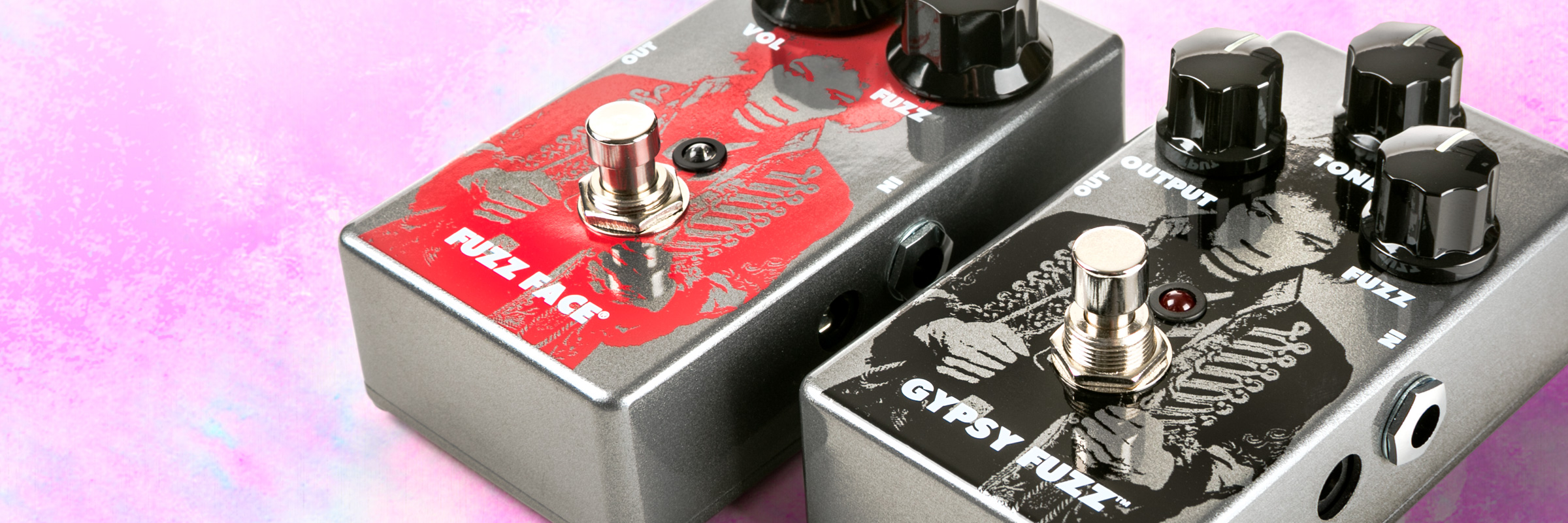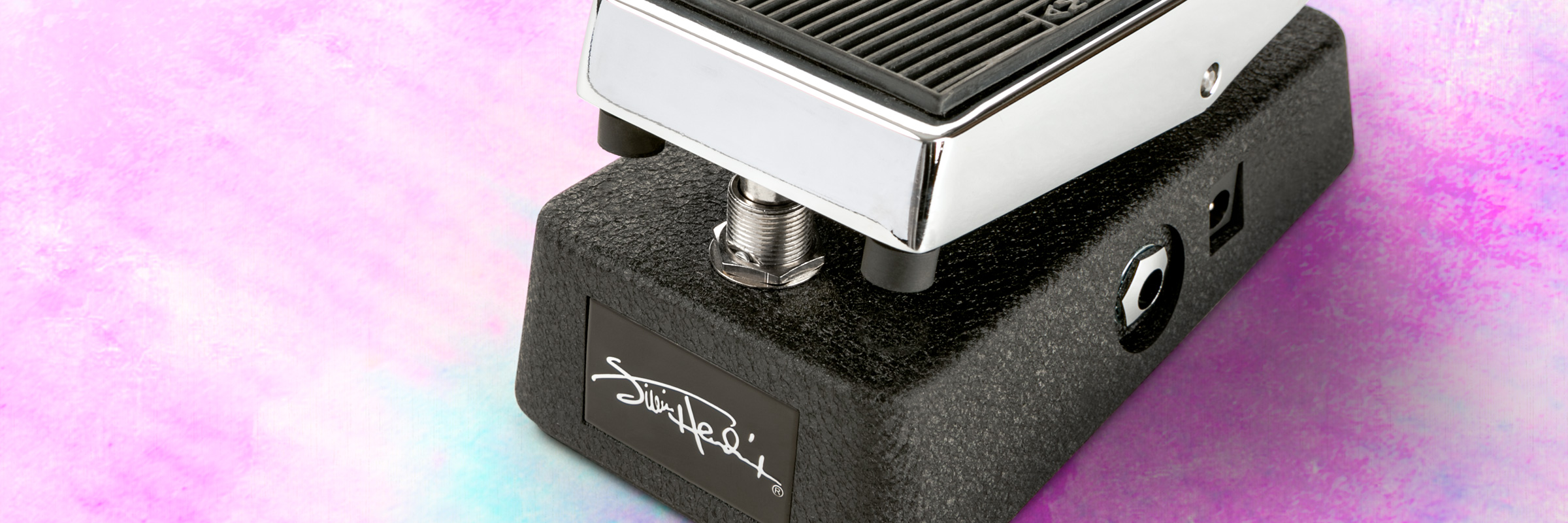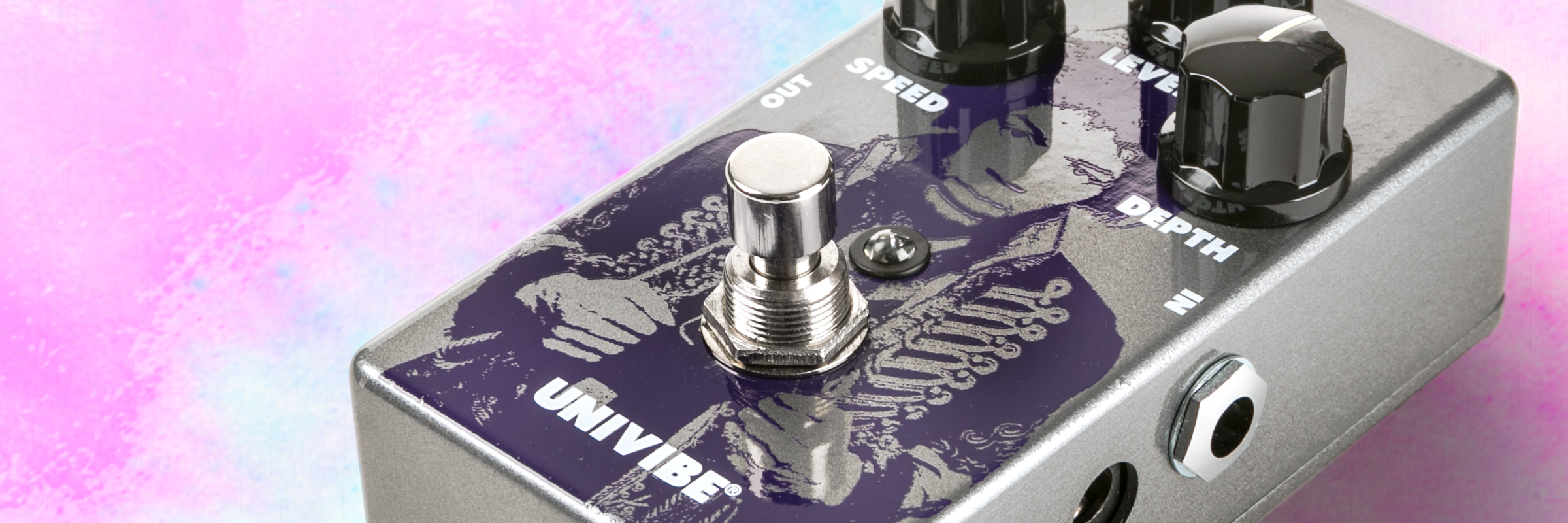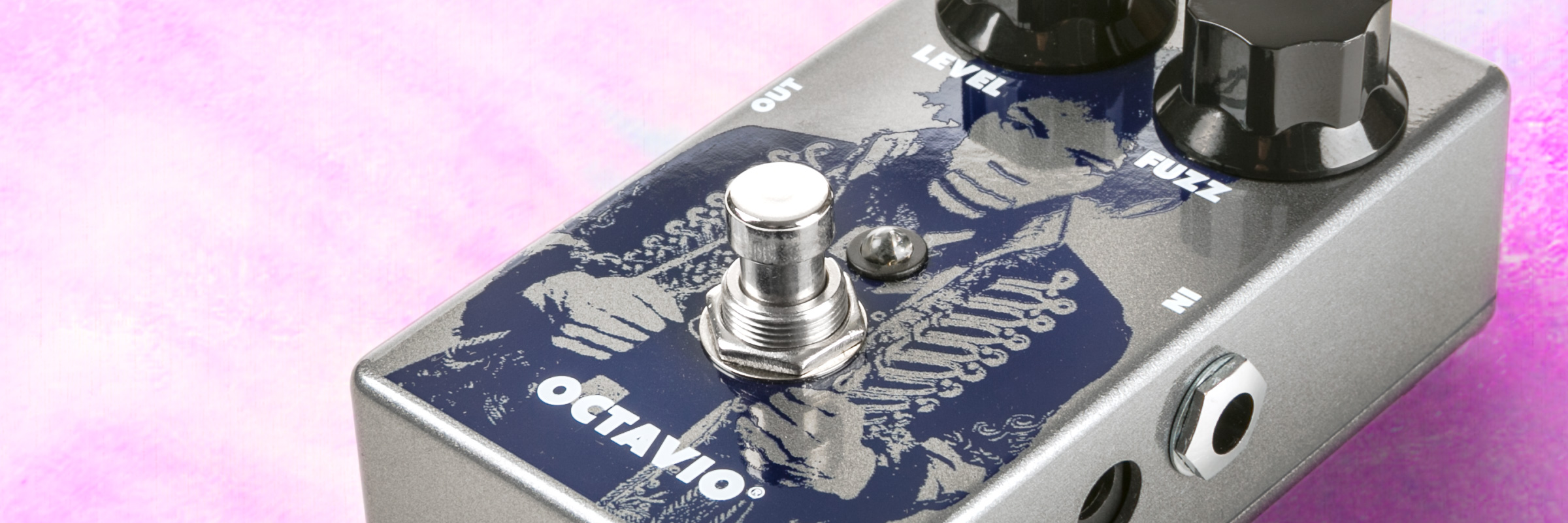In 1967, the Jimi Hendrix Experience made its first major American appearance at the legendary Monterey Pop Festival. Jimi Hendrix demonstrated his almost supernatural mastery of the electric guitar, punctuating the performance by setting his guitar on fire, swinging it wildly around and smashing it on the stage floor. Hendrix had issued a manifesto in music form, ushering in the modern age of the electric guitarist.
His creative use of the tools at his disposal set a precedent for tone crafting and sonic texturing that countless numbers of players continue to pursue today. Hendrix was able to vary his tones in seemingly endless ways that fail to sound dated decades later. With equal parts sonic braggadocio and understated elegance, Hendrix used his hands, his instrument, his effects, and most importantly his ears to concoct a brilliant synergy of sound and song rarely, if ever, equaled.
To celebrate the 50th anniversary of Hendrix’s Monterey performance, we’ve created a special edition run of his favorite effects featuring iconic imagery from legendary rock ‘n’ roll photographer Gered Mankowitz. Below we take a look at how Hendrix used those effects to change the face of music forever.









